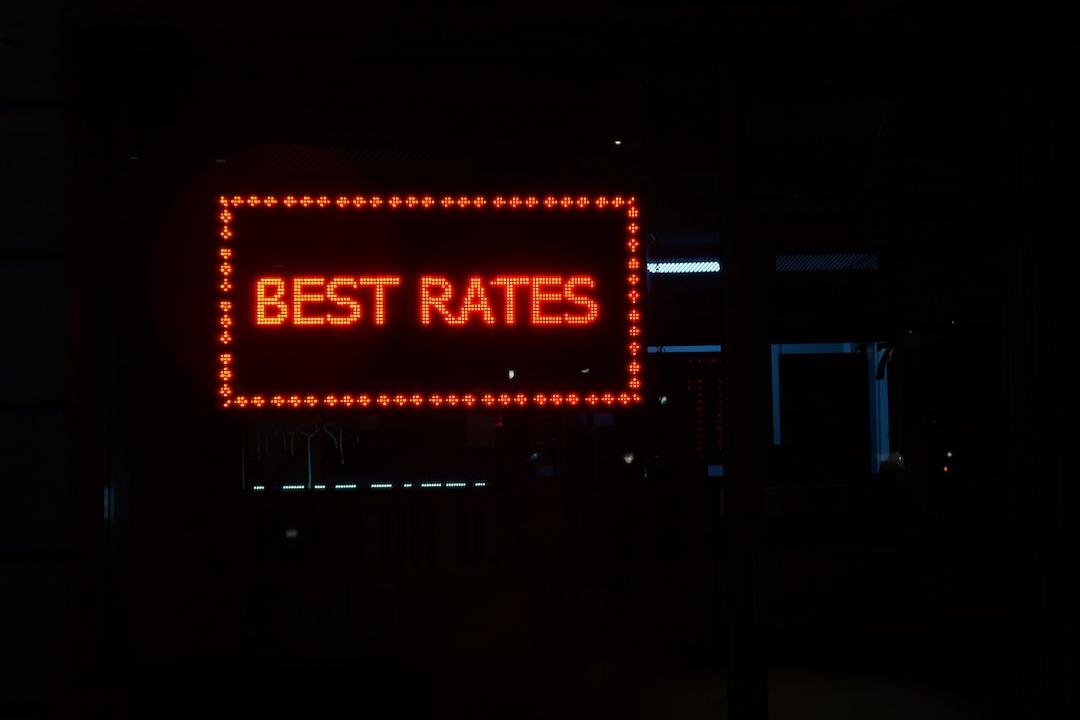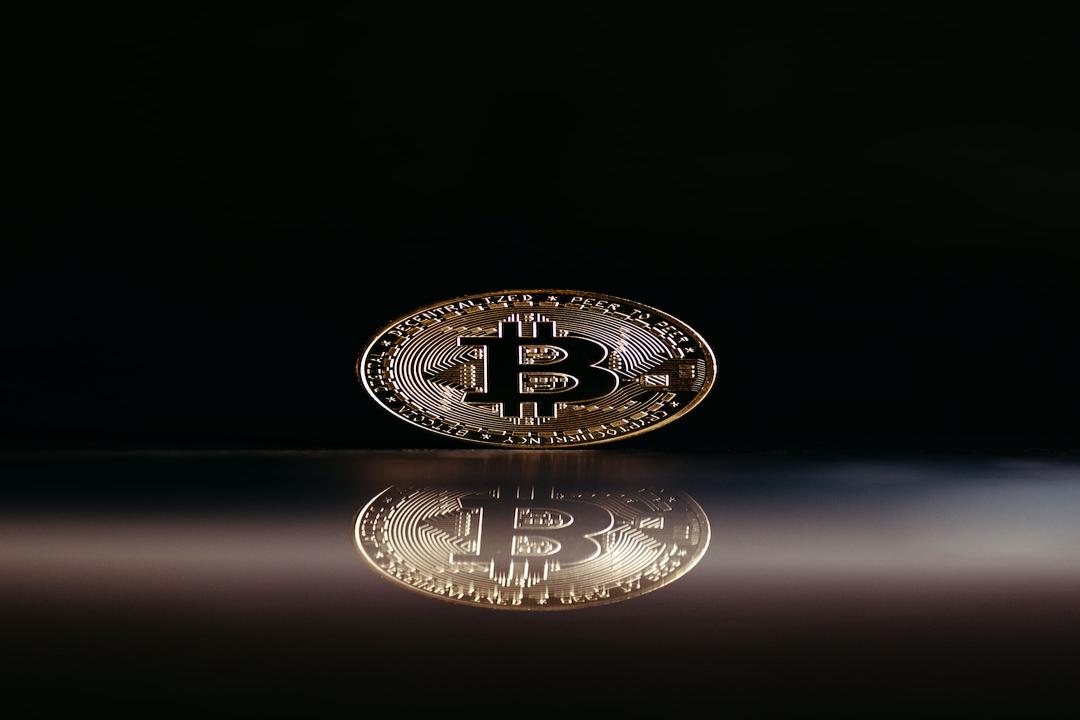From May 9th to May 10th, the Bitcoin Asia Summit was held in Hong Kong, where industry giants gathered and freely expressed their opinions. Among them, Han Tongli, CEO of China Asset Management Co., discussed the possibility of including BTC and ETH ETFs in the ETF Connect program. The ETF Connect program is part of a broader “stock market mutual access” plan launched in 2014, aimed at connecting the Hong Kong and mainland China exchanges.
This sounds very exciting. If the plan can be realized, it would indeed mean that mainland residents can purchase BTC and ETH ETFs. Han Tongli further stated, “As long as everything goes smoothly in the next two years, we do not rule out applying to include our ETFs in the mutual access program.”
Excited mainland residents must have wondered why this plan cannot be implemented immediately and why it will take two more years. This is because there are still some obstacles to overcome in the path mentioned by Han Tongli. The main obstacles are as follows:
1. What is the stock market mutual access program?
The stock market mutual access program refers to a trading and settlement mechanism established between securities markets in different countries and regions, allowing investors to directly invest in stocks or other securities products in each other’s markets through their local markets. The stock market mutual access program between mainland China and Hong Kong mainly includes the Shanghai-Hong Kong Stock Connect and the Shenzhen-Hong Kong Stock Connect:
– Shanghai-Hong Kong Stock Connect: Launched on November 17, 2014, it allows investors from the Shanghai Stock Exchange (SSE) and the Hong Kong Stock Exchange (HKEX) to buy and sell stocks in each other’s markets through their respective trading and settlement systems.
– Shenzhen-Hong Kong Stock Connect: Launched on December 5, 2016, it expands the scope of mutual access by including the Shenzhen Stock Exchange (SZSE), further expanding the types of stocks that investors can trade.
On July 4, 2022, ETF mutual access was officially launched, allowing qualified mainland and Hong Kong investors to cross-border invest in each other’s ETF products. The depositary receipt business is also part of the mutual access mechanism, allowing overseas companies to list on each other’s markets by issuing depositary receipts (CDRs or GDRs), thereby achieving cross-border financing and investment.
In short, the stock market mutual access program is an important measure for the opening-up of mainland China’s capital market. However, the opening-up of mainland China’s capital market has always proceeded cautiously, so it can be seen that the tradable assets in the stock market mutual access program have strict requirements. For example, stocks usually need to be constituents of the major indices in both places and meet certain criteria such as market value and liquidity.
Specifically for ETFs, there are many requirements that Hong Kong ETFs need to meet to become tradable investment targets, as shown in the figure. However, Hong Kong’s BTC and ETH ETFs currently cannot meet the requirements in terms of asset management scale, listing time, and index constituents.


Image source: Hong Kong Stock Exchange’s “Guidelines for Inclusion of ETFs in Mutual Access Mechanism – Issuers’ Guide (Updated on May 27, 2022)”
We always look at issues from a development perspective, and there will eventually be no problem with listing time and asset management scale. However, there will inevitably be a hurdle in terms of index constituents. Currently, ETF constituent securities in the mutual access program need to be primarily Hong Kong stocks, but BTC and ETH ETFs belong to virtual asset ETFs, and they do not meet the requirement of having Hong Kong stocks as the main constituent securities. To overcome the obstacle of index constituents, specific approvals and rule-making for such products are required from regulatory authorities. This relies on the efforts of excellent brokerages represented by China Asset Management Co. In the current Web3 trend in Hong Kong, it is predicted that there will not be significant obstacles on the Hong Kong side, but the pressure is on the mainland.
2. Does mainland China’s regulatory policy allow it?
For mainland retail investors, buying and selling virtual currencies has never been explicitly prohibited. If the total assets of the securities account and the fund account meet the conditions for opening the Shanghai-Hong Kong Stock Connect or Shenzhen-Hong Kong Stock Connect, buying BTC and ETH ETFs through mutual access can be a worry-free investment method.
However, to implement the plan of opening BTC and ETH ETFs for trading in mainland China, financial institutions represented by securities firms will face great pressure. The “Announcement on Preventing the Risks of Token Issuance and Financing” (Notice 94) and the “Notice on Further Preventing and Handling the Risks of Virtual Currency Trading Speculation” (Notice 924) issued by the People’s Bank of China and seven other departments clearly state that financial institutions are not allowed to provide services for virtual currency-related business activities. Financial institutions are not allowed to provide services such as account opening, fund transfer, and clearing and settlement for virtual currency-related business activities. They are not allowed to include virtual currencies as collateral, engage in insurance business related to virtual currencies, or include virtual currencies in insurance liability scope.
In other words, if mainland securities firms provide purchasing services for BTC and ETH ETFs to mainland retail investors, it will clearly violate Notice 94 and Notice 924.
3. Conclusion
Notice 94 and Notice 924 are policy regulations. Notice 94 was issued in 2017, and Notice 924 was issued in 2021, so some time has passed since then. Policy regulations have always been subject to changes, just like housing purchase restrictions. It is difficult to predict how policies will change in the future, but in the process of historical development, we can see some unstoppable trends. There is inevitably a significant gap between trends and the current situation. How this gap will gradually narrow in what form and at what time, no one knows, but many people are working hard.
Tags:
ETF
Ethereum
Bitcoin
Source link:
https://mp.weixin.qq.com/s/WWXcXXgC7O-O5ZoVhMaTWg
Original article link:
https://www.bitpush.news/articles/6733454
Related news:
NYDIG: Futures data highlights trader positions
Research: Which stage are we in this bull market cycle?
Ethereum’s native protocol flees to Solana
Coinbase Monthly Outlook: ETH still has potential for upward movement in the coming months
[BitPush Daily Market News] Bulls and bears are anxious, options data suggests BTC will continue to adjust in the short term


